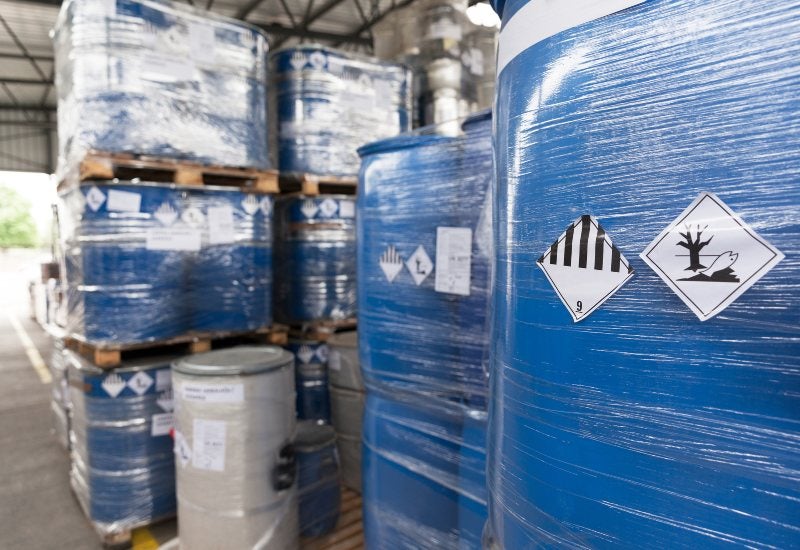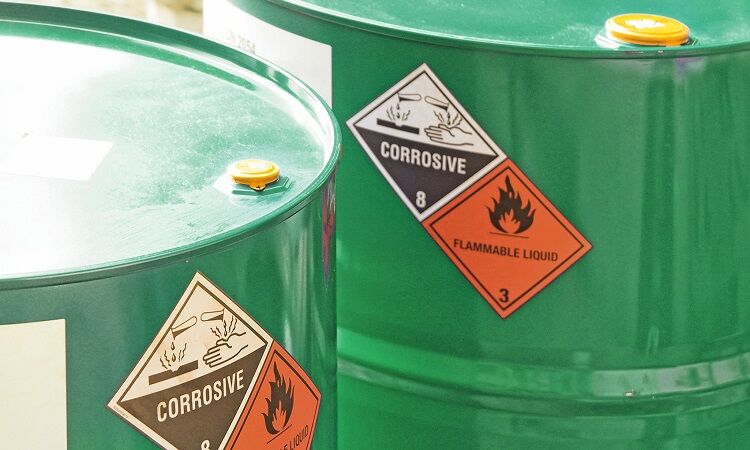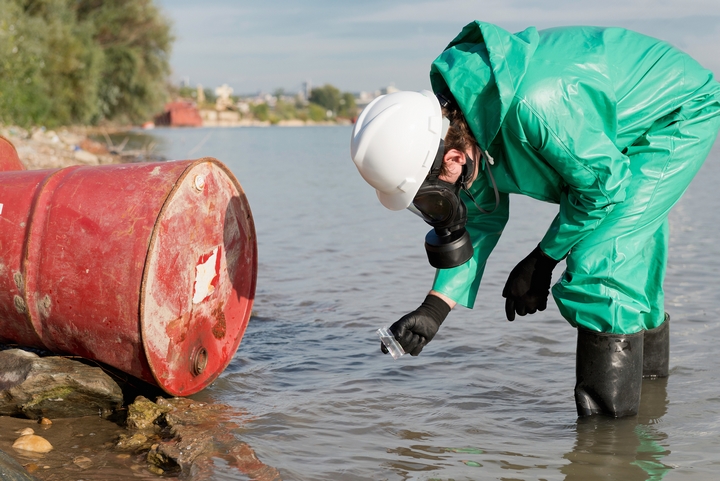Exactly How Liquid Waste Disposal Functions: A Detailed Review of Strategies and Technologies Utilized

Introduction of Liquid Waste Kind
The intricacy of fluid waste types demands a detailed understanding of their qualities and ramifications for disposal. Liquid waste can broadly be categorized into a number of types, including commercial, metropolitan, farming, and unsafe waste. Each category shows unique buildings, calling for certain monitoring methods to alleviate environmental and wellness risks.
Industrial liquid waste stems from making processes and frequently contains a variety of contaminants, such as hefty steels, solvents, and organic compounds. Local fluid waste, mostly consisting of wastewater from families and industrial establishments, consists of raw material, nutrients, and virus (industrial wastewater treatment). Agricultural liquid waste, including runoff from farms, might include fertilizers, chemicals, and pet waste, presenting threats to water top quality and ecological communities
Harmful fluid waste is characterized by its toxicity, reactivity, or potential to create damage. Recognizing these varied liquid waste kinds is important for developing reliable disposal approaches and ensuring compliance with environmental guidelines.
Physical Therapy Techniques

Screening is the preliminary action, where bigger bits and debris are gotten rid of from the liquid waste using screens or grates. In sedimentation containers, larger particles settle at the base, forming a sludge layer, while the cleared up fluid can be more dealt with.
Filtration is another essential approach that includes passing the fluid through permeable products, such as sand or membrane layers, to catch smaller sized fragments. This step boosts the high quality of the liquid, making it appropriate for succeeding therapy procedures.

Chemical Treatment Strategies
Chemical therapy strategies are crucial for effectively taking care of liquid waste, particularly in attending to dissolved and colloidal contaminants that physical approaches might not adequately remove. These strategies utilize various chemical representatives to reduce the effects of, precipitate, or transform hazardous substances into less unsafe forms.
One usual technique is coagulation and flocculation, where chemicals such as alum or ferric chloride are added to promote the aggregation of suspended particles. This procedure enhances sedimentation, permitting much easier elimination of the resulting sludge. In addition, oxidation processes, using agents like chlorine or ozone, are used to break down intricate organic compounds and pathogens, rendering the waste much safer for discharge or further therapy.
Neutralization is an additional essential technique, which adjusts the pH of acidic or alkaline waste streams to neutral degrees, stopping prospective damage to downstream systems and the atmosphere. In addition, progressed oxidation processes (AOPs) utilize combinations of oxidants and ultraviolet light to deteriorate persistent contaminants, attaining a greater degree of treatment performance.
Biological Therapy Processes
Biological therapy procedures play an important role in the management of fluid waste by using bacteria to disintegrate organic matter and decrease pollutant degrees. These processes can be broadly categorized into cardio and anaerobic treatments, each utilizing specific microbial areas to attain effective waste deterioration.
Cardio therapy includes the usage of oxygen to help with the malfunction of organic products by germs. This process is commonly executed in turned on sludge systems, where aeration storage tanks provide a helpful atmosphere for microbial growth, find out this here leading to the oxidation of natural pollutants. The resultant biomass can be divided from treated effluent through sedimentation.
On the other hand, anaerobic treatment takes place in the lack of oxygen, relying upon different bacteria to break down raw material. This approach is especially beneficial for high-strength waste, as it creates biogas, a renewable energy source, while lowering sludge manufacturing. Technologies such as anaerobic digesters are frequently utilized in commercial and local applications.
Both anaerobic and aerobic biological therapies not only minimize the environmental influence of liquid waste however likewise assist in resource healing, making them vital parts of lasting waste administration techniques. Their versatility, efficiency, and efficiency sustain their extensive execution across numerous sectors.
Arising Technologies in Disposal
Ingenious strategies to liquid waste disposal are swiftly advancing, driven by advancements in technology and a boosting focus on sustainability. Amongst these emerging modern technologies, membrane bioreactors (MBRs) have gotten grip for their capacity to incorporate biological treatment with membrane layer filtration, leading to high-quality effluent that can be recycled in numerous applications. MBRs make it possible for smaller footprints and more reliable procedures compared to traditional systems.
One more promising development is using anaerobic food digestion combined with nutrient healing innovations, which not only deals with liquid waste but also generates biogas and recovers valuable nutrients like nitrogen and phosphorus. This twin advantage enhances source efficiency and reduces environmental influence.
Additionally, advanced oxidation processes (AOPs) are being adopted for the deterioration of complicated natural pollutants. These approaches use effective oxidants and drivers to break down pollutants at the molecular level, supplying an extremely effective option for challenging waste streams.
In addition, the combination of expert system and equipment knowing in waste monitoring systems is enhancing operational efficiency and predictive upkeep, causing lowered prices and boosted ecological compliance. These technologies show a substantial shift in the direction of even more sustainable and reliable liquid garbage disposal practices.
Conclusion
In conclusion, reliable fluid waste check it out disposal requires an extensive understanding of various techniques and technologies. The integration of physical, chemical, and organic treatment approaches ensures the efficient administration of varied waste types. Additionally, the introduction of cutting-edge innovations enhances treatment efficiency and advertises sustainability in waste monitoring methods. By continually progressing these techniques, it becomes feasible to address the expanding obstacles associated with fluid waste, inevitably adding to environmental address management and resource recuperation.
Fluid waste disposal is an important element of environmental management, requiring a detailed understanding of various techniques and modern technologies tailored to various waste types. Fluid waste can broadly be classified into several kinds, consisting of industrial, community, farming, and dangerous waste. Agricultural fluid waste, including runoff from farms, may include plant foods, pesticides, and pet waste, presenting risks to water quality and environments.
Numerous physical therapy approaches play a critical duty in taking care of fluid waste successfully - industrial wastewater treatment.In final thought, effective fluid waste disposal necessitates an extensive understanding of numerous methods and modern technologies
Comments on “Top Liquid Waste Disposal Melbourne: Trusted Providers for Proper Waste Monitoring”